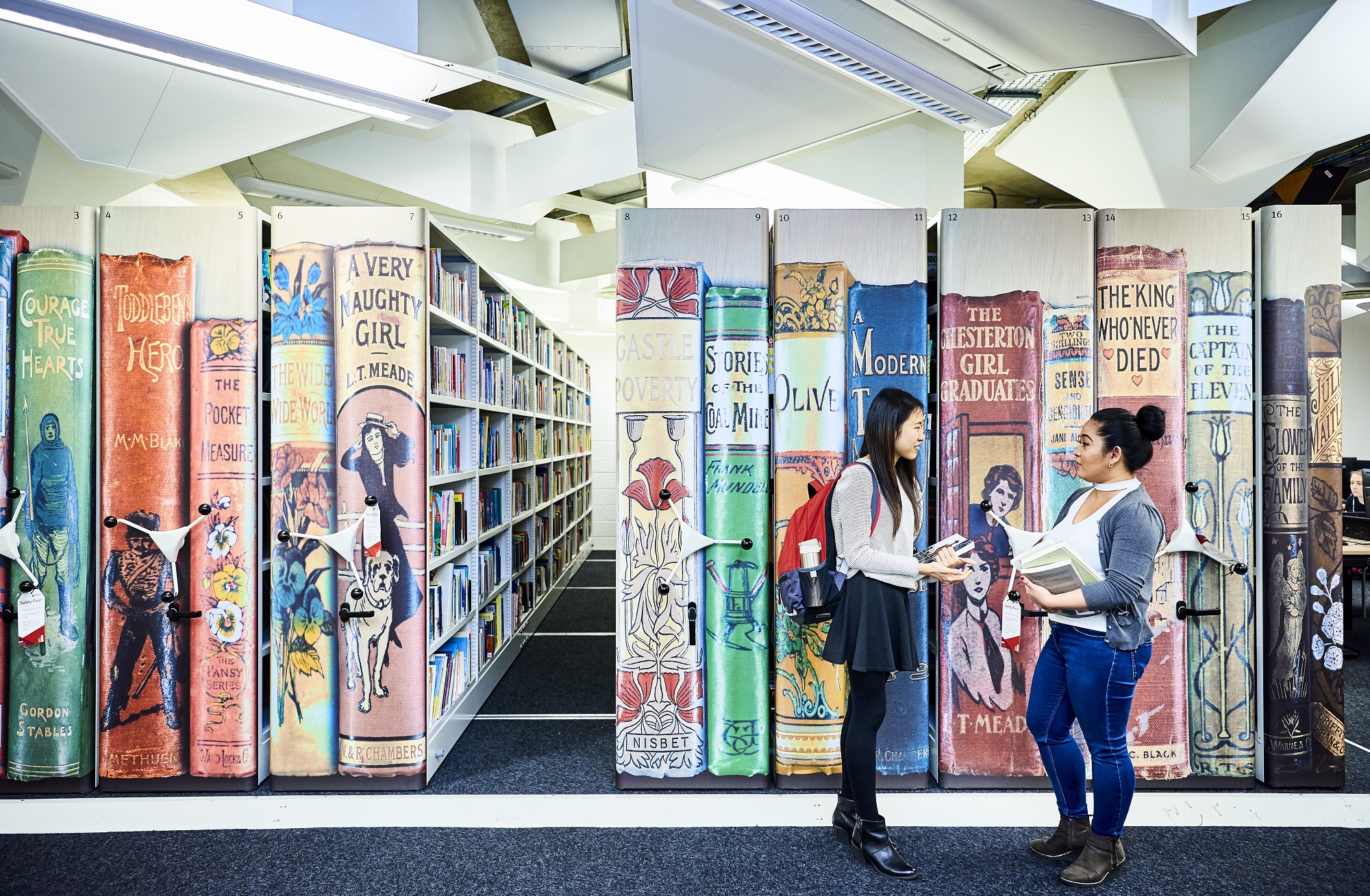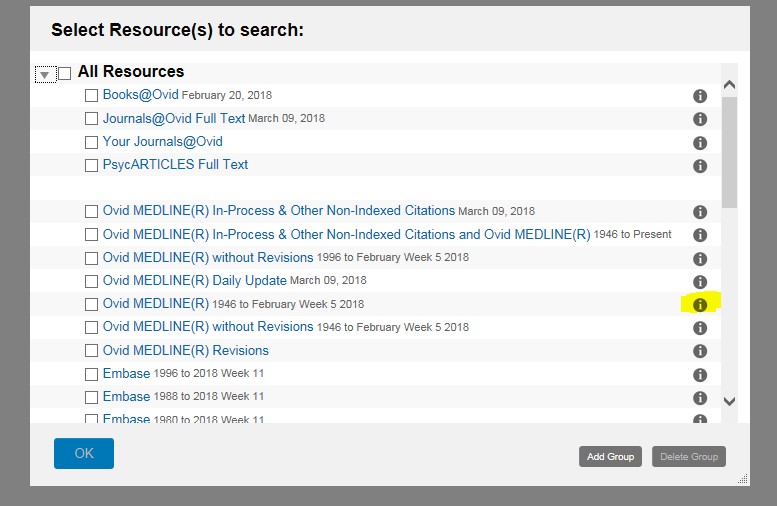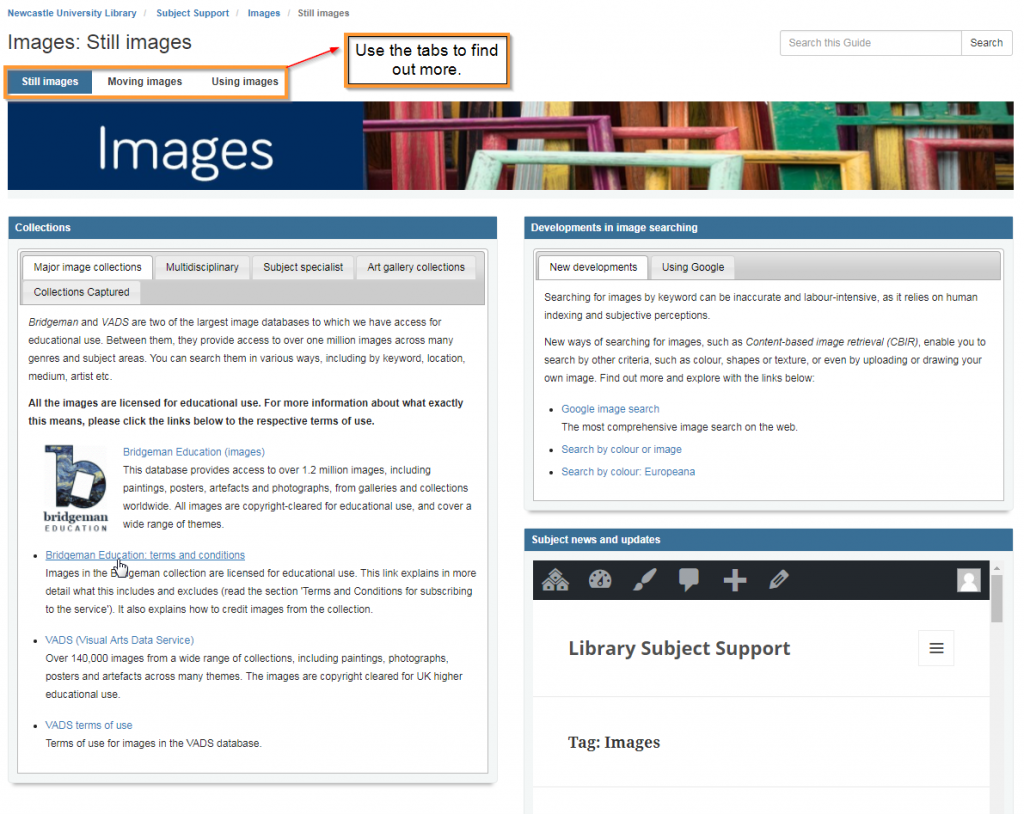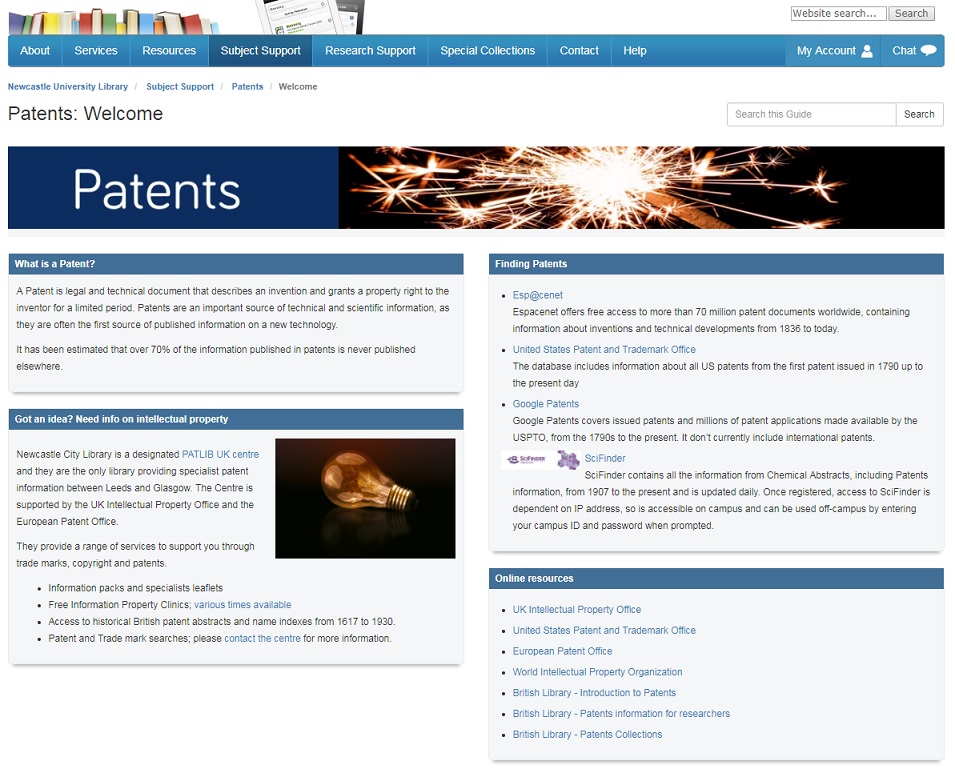We now have access to a number of core journals primarily associated with business and management subject areas.
- Econometric Reviews. ISSN 1532-4168
The journal provides peer reviewed articles and book reviews covering current and developing topics in econometrics and advanced empirical economics, to statistics and other social sciences. We now have access from volume 16.
- Ergonomics ISSN 1366-5847
Ergonomics seeks to understand and improve human interactions with products, equipment, environments and systems. Topics covered include human biology, psychology, engineering and design. We now have access from volume 40.
- International Journal of Logistics Research and Applications ISSN 1469-848X
This journal covers various elements associated with “logistics” including the management of processes, flow of materials and related information along the entire supply chain. We now have access from volume one.
- Production planning and control ISSN 1366-5871
This journal bring together information on the management of operations in all industries. The journal would benefit researchers interested in operations management supply chain management and business improvement. We now have access from volume 8.
- International journal of production research ISSN 0020-7543
Contains information on manufacturing, production and operations management research. We now have access from volume 1.




 Once you have decided on which database to search within OVID, then all you need to do is to tick the box next to the database you would like to search and then select ‘OK’.
Once you have decided on which database to search within OVID, then all you need to do is to tick the box next to the database you would like to search and then select ‘OK’.

